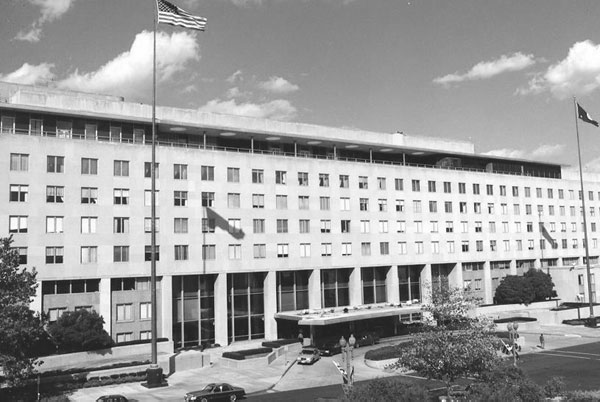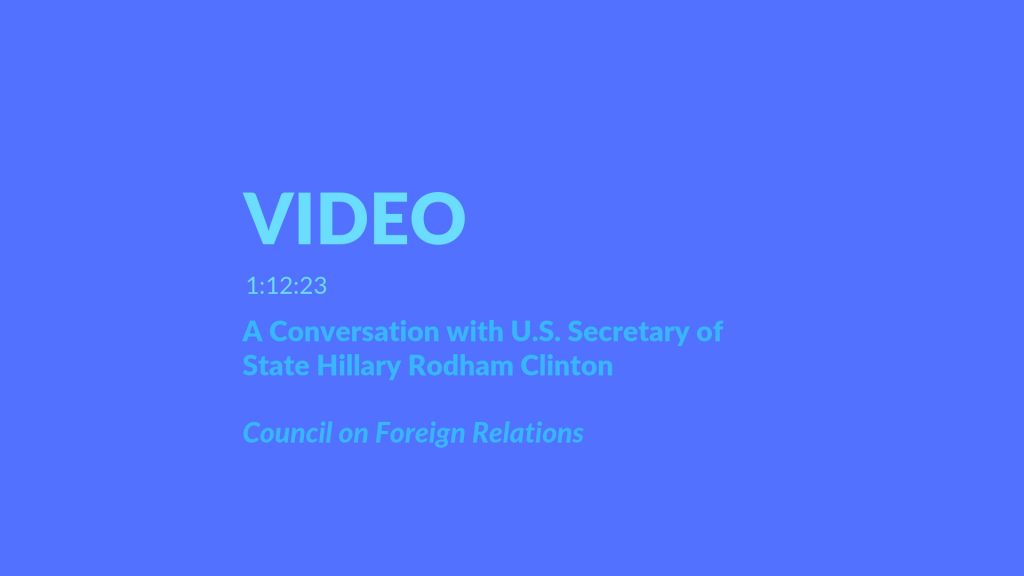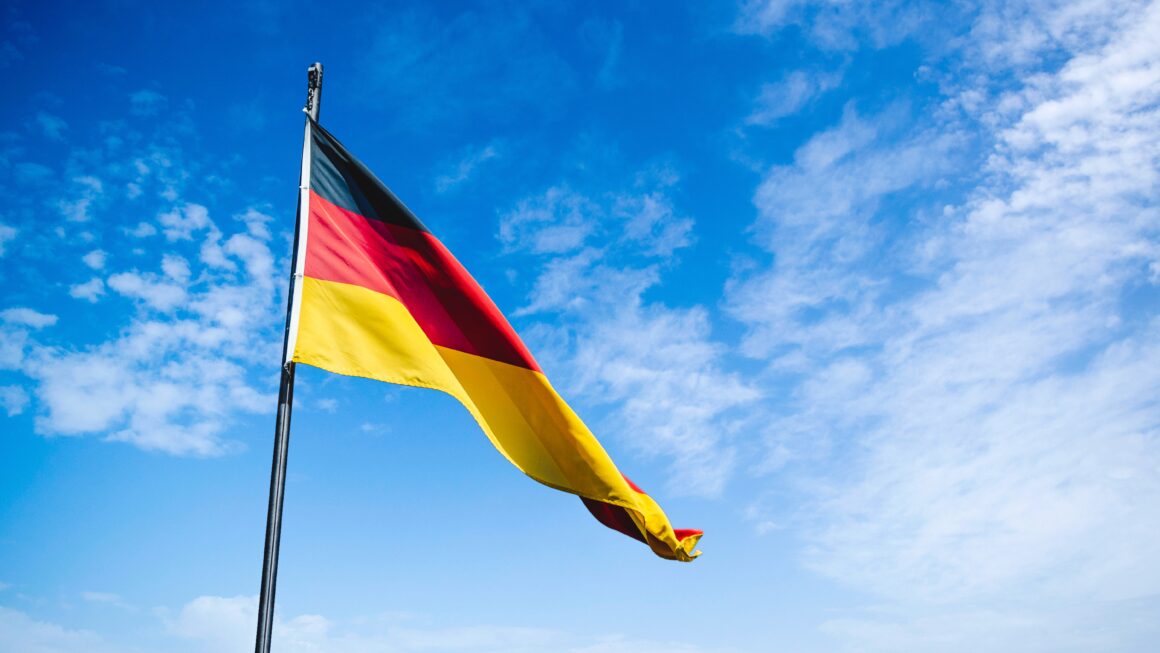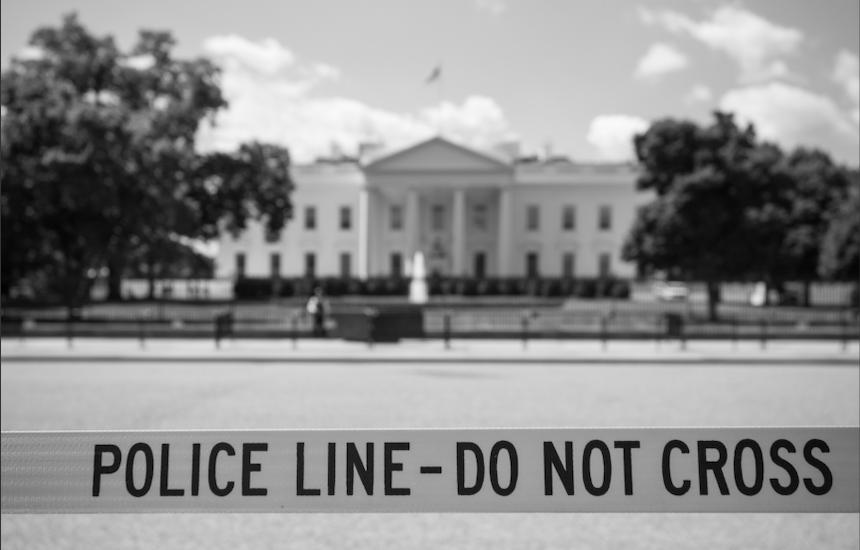
The third episode of ‘Benghazi Unravelled’ investigates the link between U.S. diplomatic missions geographies and their intentions while overseas.
Location is everything. A diplomatic organization’s geographical placement affects its security, representation and efficacy (Mamadouh, 2015). Locating missions at significant geography is a part of the tradition of diplomatic missions; it signals the importance or relevance of a nations presence in another nation and the state of their political relationship (Kinne, 2014). Having more international missions, and high ranking officials, representing in a foreign country with a high volume of diplomatic partners is a sign of prestige and cooperation.
For example, American diplomatic missions in certain countries, such as . Traditionally, they function to create goodwill, establish political ties and also serve “security and intelligence purposes” (Malone, 2013).

Locality is also important in consideration of politically symbolic events. During the September 11 attacks, symbolic targets were chosen by terrorists because they “have tangible consequences,” and the World Trade Center, for example, projected “American economic power” (Patrick, 2007). Looking at the attack on an American diplomatic compound in Libya, the attack was a “part of a larger plan to create an Islamic State within Libya” (Chorin, 2016). Some have suggested though, that the attack was not directed at the United States in particular in the same way they were on September 11, 2001 (Weiner, 2016).
From the findings of the final Select Committee report, Ambassador J. Christopher Stevens was in Benghazi in 2012 to assess whether it would become a “permanent constituent post” (“Final Report,” 2016). The U.S. had begun a diplomatic “outpost” in Libya in 2004, after European Union embargoes were lifted and were using their presence to monitor possible extremist networks, as well as orchestrate some stability, through political partnerships, for Gaddafi while he was supported by the U.S. government (Chorin, 2016).
Despite the consistent media focus on Benghazi as the hallmark of an overseas terrorist attack on a diplomatic mission, there have been several other instances. Spanning from 2000 to 2015, there were events in Tehran, Nairobi, Tanzania, Libya, Lebanon, and more. To determine what it will take to prevent another attack, greater accountability, especially including local security protection, on behalf of nations where terrorist events occur is necessary to prevent further attacks on diplomatic missions (Weiner, 2016).

Haass, Richard N. A Conversation with U.S. Secretary of State Hillary Rodham Clinton, Council on Foreign Relations, 8 Sept. 2019, www.cfr.org/event/conversation-us-secretary-state-hillary-rodham-clinton-2. Accessed 25 Apr. 2019.
“History of the U.S. and Libya.” U.S. Embassy in Libya, U.S. Department of State. ly.usembassy.gov/our-relationship/policy-history/io/. Accessed 13 Apr. 2019.

Baxter, Lisa. “Harry S. Truman Building.” U.S. Department of State, U.S. Department of State Archive, 2001-2009.state.gov/r/pa/ei/pix/b/30779.htm. Accessed 27 Apr. 2019.
Chorin, Ethan. “Setting the Record Straight on Benghazi.” Foreign Affairs, 10 Feb. 2016, www.foreignaffairs.com/articles/libya/2016-02-10/setting-record-straight-benghazi. Accessed 14 Apr. 2019.
“Final Report of the Select Committee on the Events Surrounding the 2012 Terrorist Attack on Benghazi.” United States House Select Committee on Benghazi, 7 Dec. 2016, www.congress.gov/114/crpt/hrpt848/CRPT-114hrpt848.pdf. Accessed 11 Apr. 2019.
Kinne, Brandon J. “Dependent Diplomacy: Signaling, Strategy, and Prestige in the Diplomatic Network.” International Studies Quarterly, vol. 58, no. 2, June 2014, pp. 247-259. doi.org/10.1111/isqu.12047. Accessed 20 Apr, 2019.
Mamadouh, Virginie, et al. “Toward an Urban Geography of Diplomacy: Lessons from The Hague.” Professional Geographer, vol. 67, no. 4, Nov. 2015, pp. 564–574. EBSCOhost, doi:10.1080/00330124.2014.987194. Accessed 18 Apr. 2019.
Malone, David M. “The Modern Diplomatic Mission.” The Oxford Handbook of Modern Diplomacy, Oxford University Press, Oxford Handbooks Online, 2013, www.oxfordhandbooks.com/view/10.1093/oxfordhb/9780199588862.001.0001/oxfordhb-9780199588862-e-7. Accessed 22 Apr. 2019.
Patrick, Robert and Amy MacDonald. “Symbolism and the City: From Towers of Power to ‘Ground Zero.’” Prairie Perspectives: Geographical Essays, vol. 15, 2007, pp. 14-18. Prairie Division, Canadian Association of Geographers, pcag.uwinnipeg.ca/Prairie-Perspectives/PP-Vol15/Patrick-MacDonald.pdf. Accessed 15 Apr. 2019.
“Websites of U.S. Embassies, Consulates, and Diplomatic Missions.” USEmbassy.gov, 2019. www.usembassy.gov. Accessed 26 Apr. 2019.
Weiner, Justus Reid. “The War on American Diplomacy: Isis, Al-Qaeda, and Taliban’s Sustained Attacks on Peaceful U.S. Missions Abroad.” Cardozo Journal of Conflict Resolution, vol. 17, no. 2, Jan. 2016, pp. 487–520. EBSCOhost, search.ebscohost.com/login.aspx?direct=true&AuthType=ip,shib&db=lgs&AN=112669865&site=eds-live&scope=site&custid=asc1. Accessed 16 Apr. 2019.






